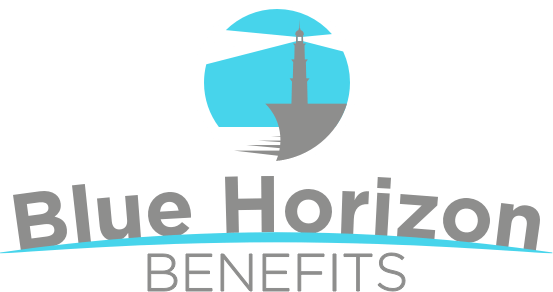2022 HSA Contribution Limits, HDHP Minimums, Maximums Set
The IRS has set the maximum amounts employees can funnel into their health savings accounts and health reimbursement accounts (HRAs) for the 2022 policy year.
The IRS updates these amounts every year to adjust for inflation in addition to minimum deductibles for high-deductible health plans, as well as the out-of-pocket maximums your employees are subject to. HSAs, which help employees save for medical expenses, are only available to employees enrolled in HDHPs.
Here are the new figures for 2022:
HSA annual contribution limit
- Individual plan: $3,650, up from $3,600 in 2021
- Family plan: $7,300, up from $7,200 in 2021
HDHP minimum annual deductible
- Individual plan: $1,400, the same as in 2021
- Family plan: $2,800, the same as in 2021
HDHP annual out-of-pocket maximum
- Individual plan: $7,050, up from $7,000 in 2021
- Family plan: $14,100, up from $14,000 in 2021
Excepted benefit HRA
- Maximum annual employer contribution: $1,800, the same as in 2021
Federal law requires health plan enrollees to use HSAs with HDHPs.
HSAs explained
An HSA is a special bank account for your employees’ eligible health care costs. They can put money into their HSA through pre-tax payroll deduction, deposits or transfers. As the amount grows over time, they can continue to save it or spend it on eligible expenses.
Employers can also contribute to the accounts, but the annual contribution maximum applies to all contributions in total (from the employee and the employer).
The money in the HSA belongs to the employee and is theirs to keep, even if they switch jobs. The funds roll over from year to year and can earn interest. Some plans also have investment options for the funds.
There are a number of benefits for employees who have HSAs:
- The money an employee contributes to an HSA is not subject to income taxes.
- If employees contribute through payroll deduction, the amount is taken from their pay before taxes are taken out, which reduces their overall taxable income.
- They are not taxed on withdrawals, and HSAs even help reduce taxable income.
- If employees contribute to their HSA with after-tax money, they can deduct their contributions during tax time on Form 1040.
- Employees can tap the funds for any approved out-of-pocket medical expenses.
Here’s how they work:
- Employees can make withdrawals with a debit card or check specific to the HSA.
- Employees can use the money in their HSA to pay for care until they reach their deductible, out-of-pocket expenses like copays and coinsurance.
- They can use the funds to pay for other eligible expenses not covered by their HDHP, like dental or vision care (eye exams and corrective lenses).









